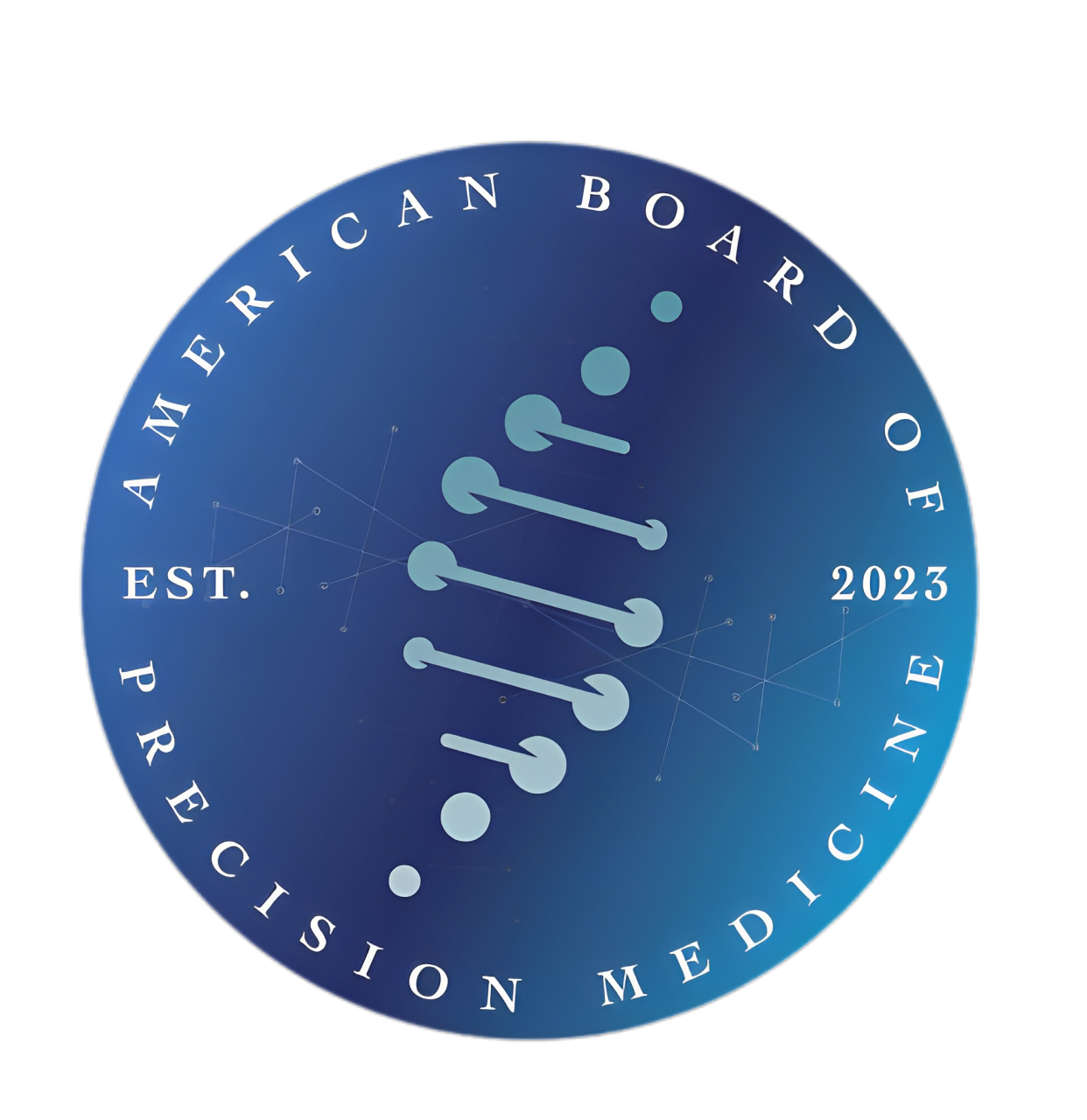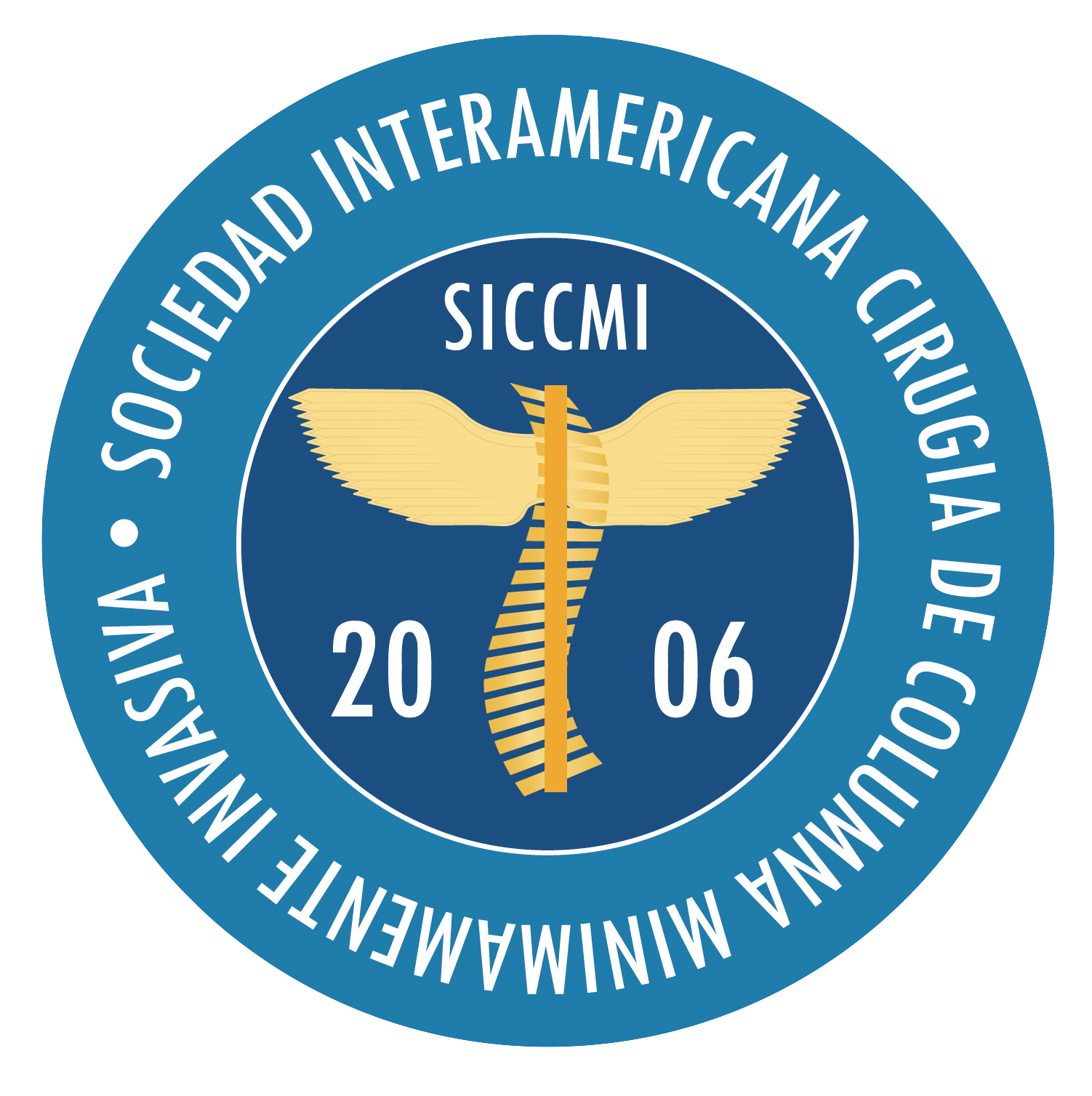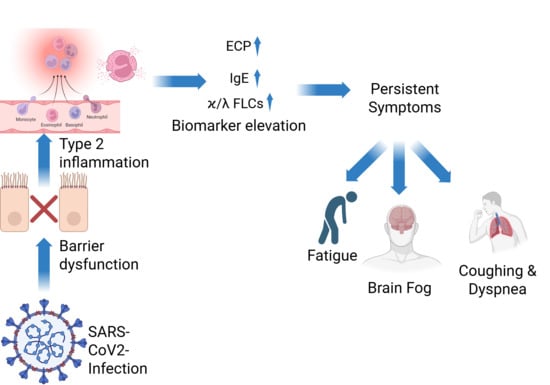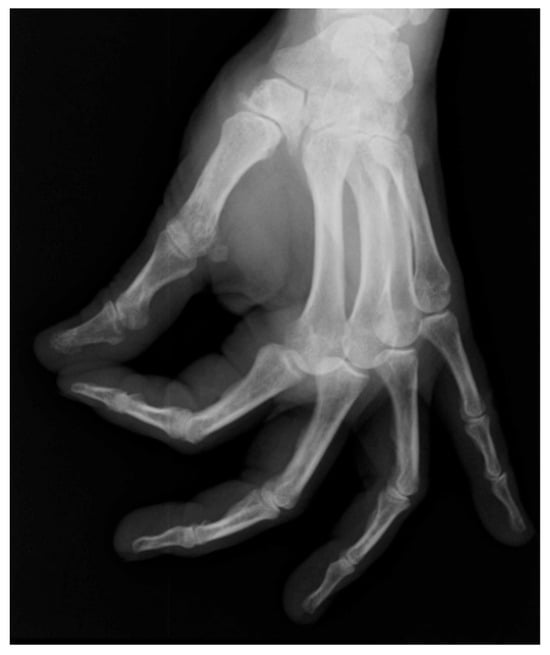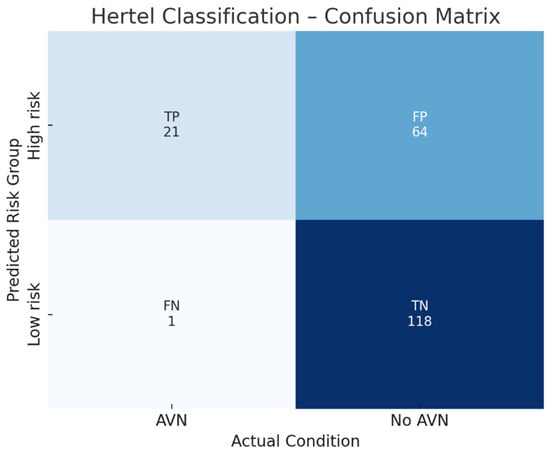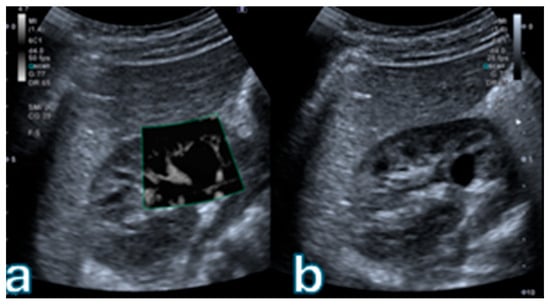- Article
Investigation of Biomarkers in Allergic Patients with Long COVID
- Fabio Romano Selvi,
- David Longhino and
- Gabriele Lucca
- + 17 authors
Background: Long COVID remains a challenging and heterogeneous condition, with mechanisms that are still incompletely understood. Emerging evidence suggests that patients with allergic disease may experience more persistent post-COVID symptoms, possibly due to immune dysregulation and epithelial barrier fragility. Methods: We carried out an observational, single-center study at the Allergy and Clinical Immunology Unit of Policlinico Universitario A. Gemelli IRCCS (Rome, Italy). Seventeen adults with confirmed allergic disease and long COVID were evaluated between July and December 2024. Biomarkers reflecting allergic inflammation and barrier integrity, blood eosinophil count, total immunoglobulin E (IgE), eosinophil cationic protein (ECP), and serum free light chains (FLCs), were measured and analyzed for interrelationships and symptom correlations. Results: Participants (10 men, 7 women; mean age 43.7 years) showed variable biomarker profiles, consistent with the heterogeneity of allergic inflammation. Mean eosinophil count was 179 ± 72 cells/µL, total IgE 165.4 ± 140.6 kU/L, ECP 64.2 ± 48.5 ng/mL, and the kappa/lambda FLC ratio 1.20 ± 0.69. Notably, elevated kappa FLC levels (>19.4 mg/L) were significantly associated with high ECP (>20 ng/mL) (χ2 = 10.6, p = 0.001) and increased IgE (>200 kU/L) (χ2 = 6.0, p = 0.015). Individuals with higher ECP and FLCs more often reported respiratory and systemic symptoms, especially fatigue, dyspnea, and cognitive fog, that persisted beyond six months. Conclusions: These findings suggest that biomarkers of allergic inflammation and barrier dysfunction, particularly ECP and FLCs, may contribute to the persistence of long-COVID symptoms in allergic patients. The observed links between humoral activation, eosinophilic activity, and prolonged symptom burden support a model of sustained inflammation and delayed epithelial recovery. Larger, longitudinal studies including non-allergic controls are warranted to confirm these associations and to explore whether restoring barrier integrity could shorten recovery trajectories in this vulnerable population.
5 January 2026


